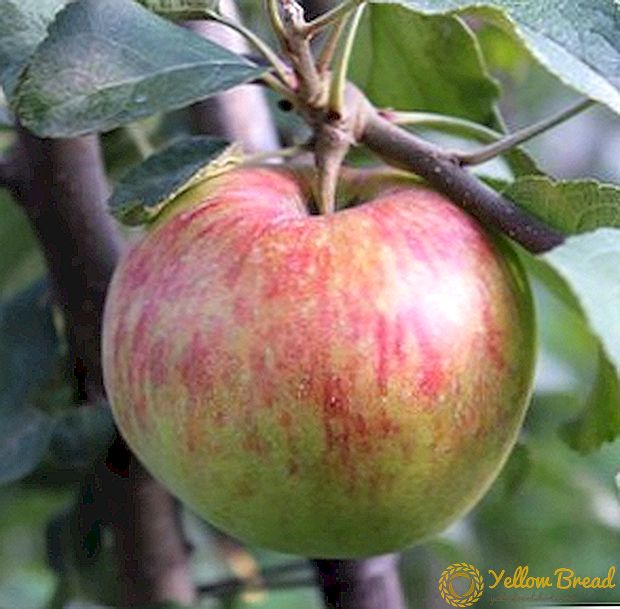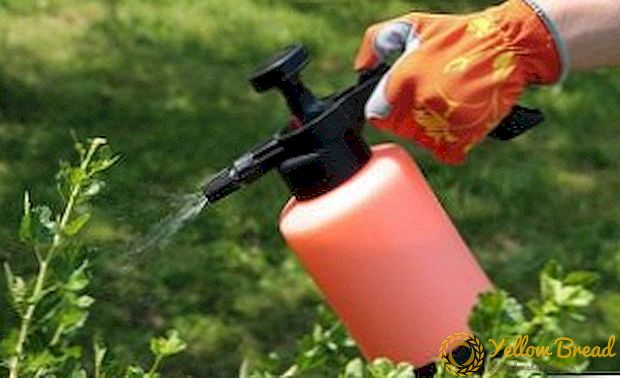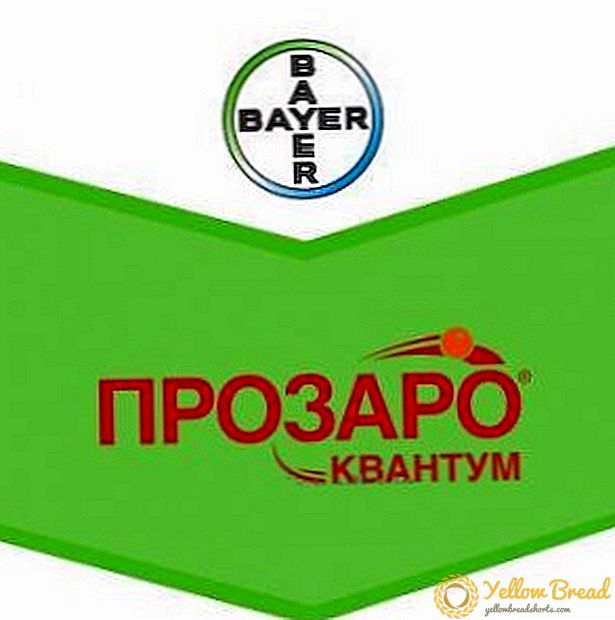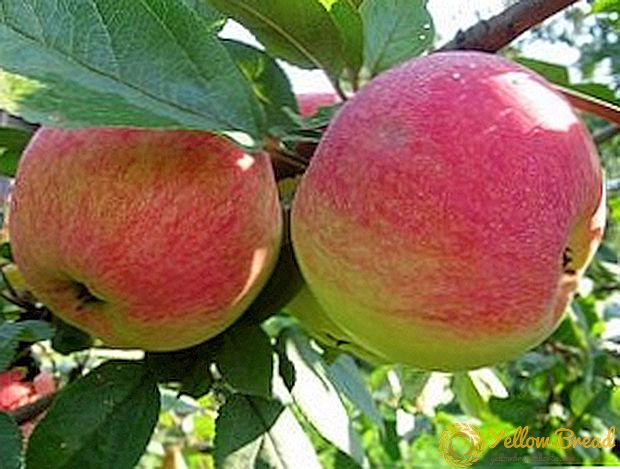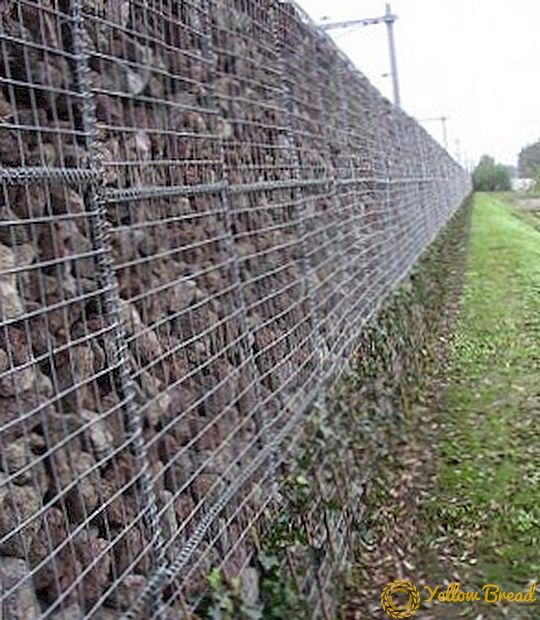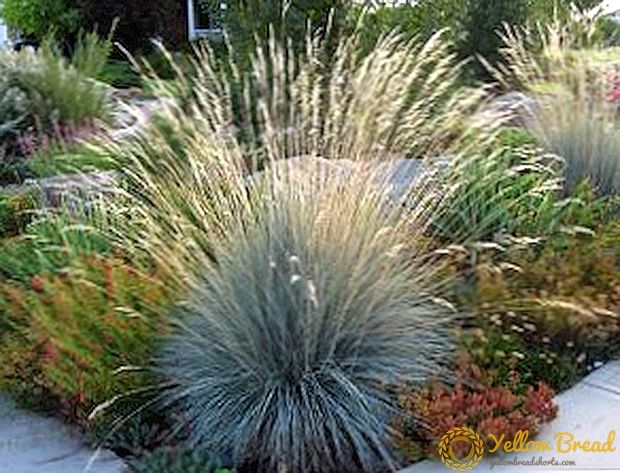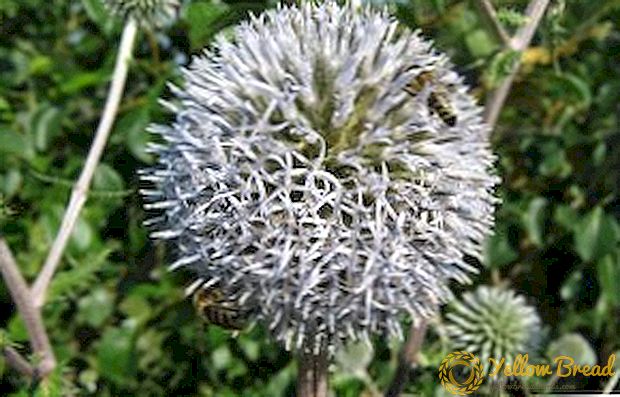 Since the beginning of July, flowers appear in the form of white-bluish globes in meadows, beams, wastelands and forbs. All the time flowering bees hover over them. This plant is a mordovnik sharogolovy or hedgehog, one of the best honey plants.
Since the beginning of July, flowers appear in the form of white-bluish globes in meadows, beams, wastelands and forbs. All the time flowering bees hover over them. This plant is a mordovnik sharogolovy or hedgehog, one of the best honey plants.
- Botanical description
- Honey properties
- Where to plant mordovnik?
- Rules for growing from seed
- Sowing
- Sowing care
- Peculiarities of care
- Medicinal properties
Botanical description
Mordovnik sharogolovy - plant of the Aster family. It is a perennial plant, distributed in the steppe regions of Ukraine, in the Caucasus, South-Western Siberia, in Central Asia.
It is a tall, up to 2 m, herbaceous plant, with a straight stem branching towards the top. The root is massive, pivotal. Leaves are elongated, prickly, pinnately dissected.
The upper part of the leaf is dark green, fleecy, lower - whitish, fluffy-rough. Flowers white and blue, to blue, are collected in inflorescences in the form of spiny balls, up to 5 cm in diameter.
Up to 350 flowers are collected in the inflorescence, and up to 30 inflorescences grow on the stem. Fruit - oblong, strongly elongated achene up to 8 mm, covered with hairs. Seeds are combined into dense balls-inflorescences. 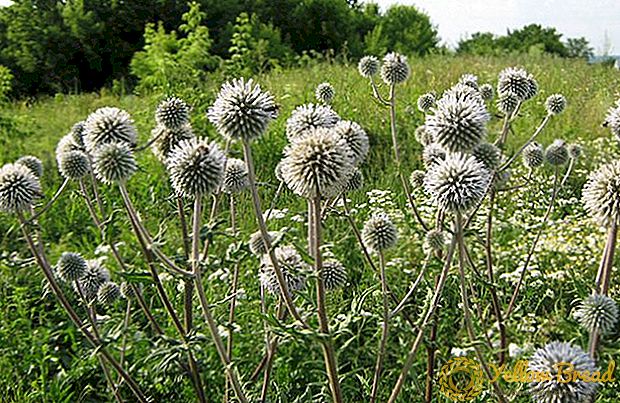 In the first year, this plant forms a rosette of leaves up to 70 cm. In the second year, it grows a stem that branches and blooms. This honey plant blossoms since the beginning of July, flowering lasts up to 40 days. Flowers remain open during daylight hours.
In the first year, this plant forms a rosette of leaves up to 70 cm. In the second year, it grows a stem that branches and blooms. This honey plant blossoms since the beginning of July, flowering lasts up to 40 days. Flowers remain open during daylight hours.
Honey properties
In terms of its flowering mordovnik - honey plant in the second half of summer. Nectar in a flower stands out very copiously, it is generated by nectaries in the depth of a flower and through the conical opening of the corolla comes out.
It happens that nectar covers all the inflorescence. In a drought, nectar-bearing does not stop, although it decreases to half, and at normal humidity and temperatures above 25 ° C, some flowers have up to 6 mg.
The nectar of the plant is colorless, transparent with a slightly spicy, pleasant aroma. The sugar content in nectar reaches 70%. A large inflorescence allows several bees to feed from it simultaneously and its attendance can reach up to 180 per hour.
The total honey productivity of the sharogolovy Echinops is extremely high, depending on the external conditions it can be from 0.6 to 1.2 tons of honey per hectare.
Honey is obtained transparent, light, yellow or amber-colored. It has excellent taste and delicate floral aroma with a touch of spicy.
Where to plant mordovnik?
Mordovnik sharogolovy - undemanding plant in relation to the soil and planting sites, and in relation to agricultural engineering in general. Almost any soils are perfect for him, with the exception of swampy, wet areas, where the threat of rotting of roots occurs.
It can be planted in any uncultivated areas near the apiary, on the slopes of ravines, among shrubs, in meadows, forest glades and other inconveniences. 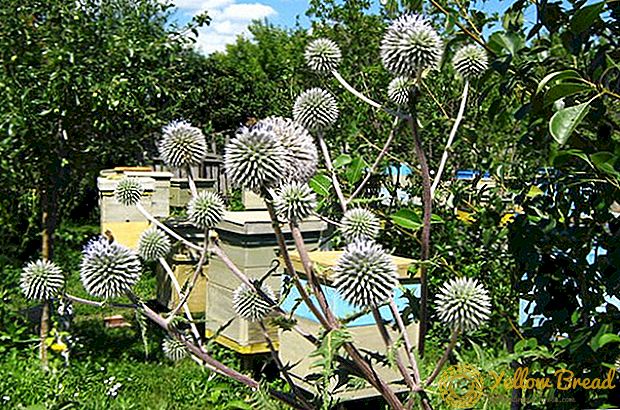 To achieve greater honey content, it is desirable to choose calcareous chernozem or well-fertilized clay soils. Well-laid fallow or steam fields after potatoes, corn or wheat, but it must be remembered that mordovnik is a perennial plant.
To achieve greater honey content, it is desirable to choose calcareous chernozem or well-fertilized clay soils. Well-laid fallow or steam fields after potatoes, corn or wheat, but it must be remembered that mordovnik is a perennial plant.
Rules for growing from seed
Mordovnik grown from seeds, they are the easiest to collect yourself.The collection is carried out in the second half of August and in September. Mature seeds can be distinguished by the fact that after separation from the stem, their inflorescence crumbles into separate seeds.
If you didn’t manage to get the necessary quantity right away, then the uterine part is planted first, and then seeds are already collected on it for mass sowing.
Sowing
Mordovnik sharogolovy - a sustainable plant, growing from seeds is usually carried out in spring, when the soil surface warms up to 12 ° C, although it can be planted for the winter, then autumn and winter precipitation will cover the seeds and provide the necessary conditions for germination.
Seeds are sown in dug or plowed land. When small areas make grooves or nests 15-25 cm apart, sow seeds mixed with sawdust and cover with earth.
When large areas are sown in two rows, 30-75 cm arcs from each other, using a cultivator, and then rolled. Since the seeds are covered with hairs and interlock with each other, sowing is easier to carry out manually. When sowing, it is recommended to apply fertilizers like superphosphate, 50 kg / ha. 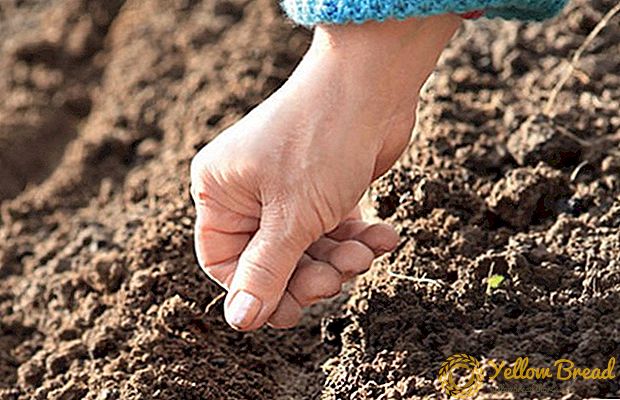
Germination of this honey plant is high, so even a simple spreading of seeds will bring results.
Sowing care
As well as landing, caring for mordovnikom is simple. Soil moisture should be moderate; stagnant water should be avoided. After the plants are fully grown, it is thinned, and where necessary, transplanted. Aisle can be cultivated to a depth of about 7 cm and weed weeds.
Peculiarities of care
Mordovnik sharogolovy, this is a perennial, unpretentious, resistant to drought and cold plant, this causes the care of him. For the first year, care is limited to periodic weeding.
In the spring of the second year, it is necessary to loosen the aisles to a depth of 10 cm. After ripening and harvesting the seeds before the third and subsequent years, the plants are cut at a height of 5 cm. 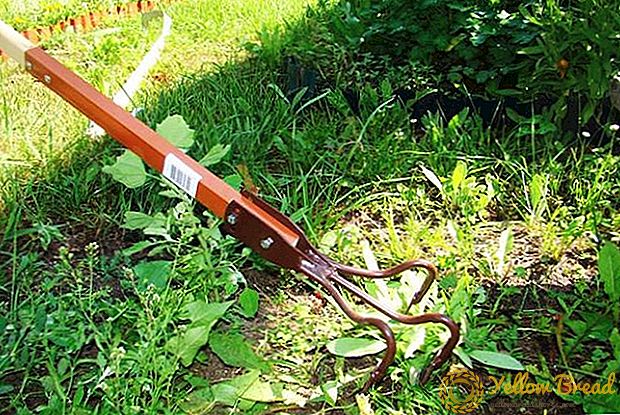 When grown on poor, clay soils, in the second and subsequent years, nitrogen fertilizers can be applied in the spring.
When grown on poor, clay soils, in the second and subsequent years, nitrogen fertilizers can be applied in the spring.
Medicinal properties
Mordovnik is not only a highly productive honey plant, but also a medicine.From its seeds receive alkaloid echinopsin.
Honey obtained from mordovnik, tinctures and decoctions help with headaches, epilepsy, multiple sclerosis, paralysis, paresis, radiculitis, and recovery of motor functions associated with the CNS and PNS. It is useful for heart disease, heart attack, restores the elasticity of the walls of blood vessels, normalizes blood pressure.
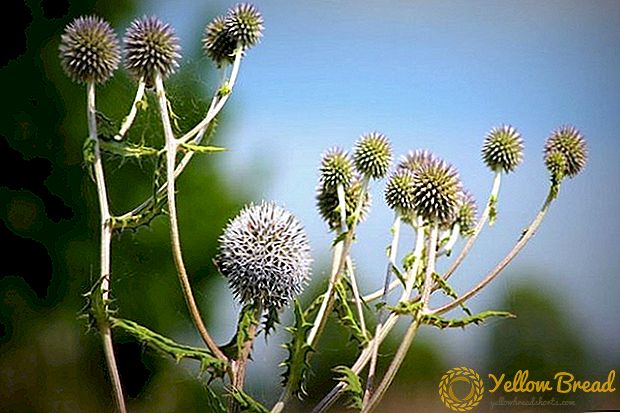 Mordovnik sharogolovy - cost-effective plant with a lot of advantages. He is a honey plant with good performance, and over the years it only grows.
Mordovnik sharogolovy - cost-effective plant with a lot of advantages. He is a honey plant with good performance, and over the years it only grows.It is easy to care for and grow, is not afraid of drought and cold, has valuable healing properties. High quality oil is obtained from its seeds. Formed plantation will bear fruit for up to 15 years.
Plants of the first year serve as an excellent, highly productive feed for livestock, especially those sown together with annual plants.In addition to all this, he also has a decorative value, perfectly looking at the alpine hills and shrub groups on lawns.

